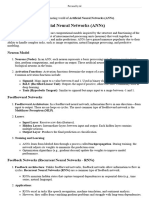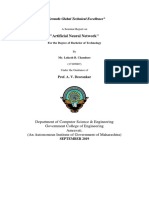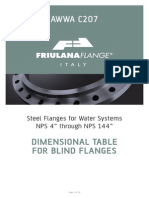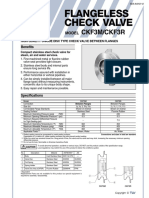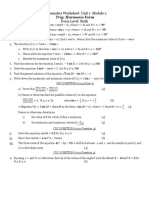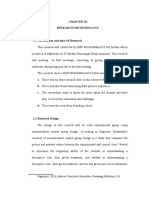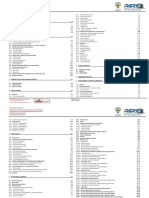0% found this document useful (0 votes)
39 views2 pagesL019 ML Exp10
The document summarizes a research paper on artificial neural networks (ANNs) and their applications in forecasting. It begins by highlighting the importance of understanding different ANN types and architectures. The paper then discusses the development of ANNs, including their structure and typical procedural steps. It proposes several ANN models for forecasting solar irradiance, rainfall, and temperature. The paper also analyzes the training process of an Improved Backpropagation Neural Network for rainfall forecasting. Overall, the document provides insights into ANNs and their use in addressing complex forecasting problems through learning from historical data.
Uploaded by
Burhanuddin BohraCopyright
© © All Rights Reserved
We take content rights seriously. If you suspect this is your content, claim it here.
Available Formats
Download as DOCX, PDF, TXT or read online on Scribd
0% found this document useful (0 votes)
39 views2 pagesL019 ML Exp10
The document summarizes a research paper on artificial neural networks (ANNs) and their applications in forecasting. It begins by highlighting the importance of understanding different ANN types and architectures. The paper then discusses the development of ANNs, including their structure and typical procedural steps. It proposes several ANN models for forecasting solar irradiance, rainfall, and temperature. The paper also analyzes the training process of an Improved Backpropagation Neural Network for rainfall forecasting. Overall, the document provides insights into ANNs and their use in addressing complex forecasting problems through learning from historical data.
Uploaded by
Burhanuddin BohraCopyright
© © All Rights Reserved
We take content rights seriously. If you suspect this is your content, claim it here.
Available Formats
Download as DOCX, PDF, TXT or read online on Scribd
/ 2













































